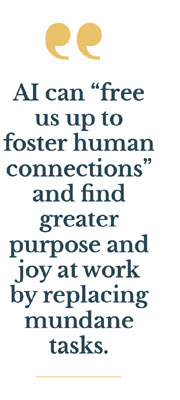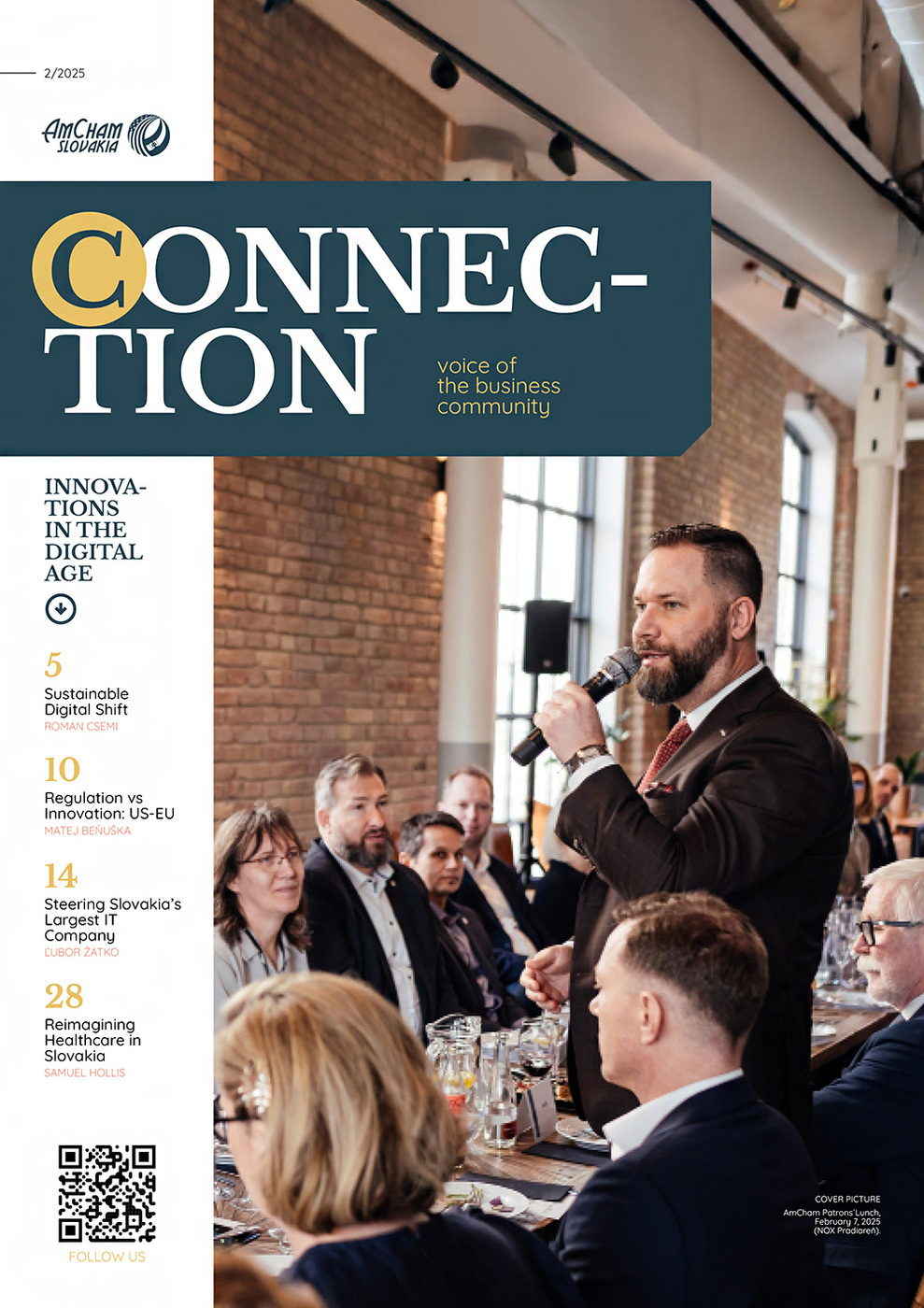Yet paradoxically, this newfound efficiency can help us slow down and be more mindful in our work. The result is a work environment where productivity and presence go hand in hand.
In many industries, skilled professionals spend a significant chunk of time on mundane administrative tasks that add little direct value. Surveys show that people spend about one-third of their workday on tasks that are “not meaningful to their job,” such as scheduling meetings, low-value emails, and paperwork. This “busywork” contributes to burnout and saps passion. AI is poised to change this by acting as an always-on assistant for every employee. In fact, nearly half of global office workers are enthusiastic about using AI to handle tasks in their jobs, hoping to offload drudgery and reclaim time for higher-value projects.
How exactly does AI reduce busywork? Think of generative AI as a super-talented intern available to everyone. It can perform time-consuming tasks that humans can do but shouldn’t have to like researching, summarizing, sifting through data, copy-pasting and drafting documents.
Employees still review and fine-tune the AI’s work, but because there’s “someone” to do the heavy lifting, they can redirect their energy to more rewarding responsibilities. Instead of being bogged down in inbox management or data entry, a professional can focus on strategy, creativity, and problem-solving. This shift from busywork to meaningful work doesn’t just improve productivity – it also increases job satisfaction.  AI can “free us up to foster human connections” and find greater purpose and joy at work by replacing mundane tasks. In other words, automation is not about making humans obsolete; it’s about clearing the clutter so humans can excel at what truly matters.
AI can “free us up to foster human connections” and find greater purpose and joy at work by replacing mundane tasks. In other words, automation is not about making humans obsolete; it’s about clearing the clutter so humans can excel at what truly matters.
Rapid Feedback and Efficiency for Tech Teams
AI isn’t only about eliminating boring work – it’s also transforming how we execute complex tasks, especially in technology roles. Software engineers and product owners, for instance, are witnessing dramatically faster feedback cycles and efficiency gains thanks to AI assistance. Developers now have AI pair programmers at their side, tools that can generate code, catch errors, and suggest improvements in real time. Early research from GitHub on its Copilot AI assistant found that developers completed coding tasks 55% faster with AI’s help than those who coded without it.
For product owners, AI tools such as ChatGPT can quickly summarize user feedback, generate draft user stories, and analyze market research. By rapidly sorting product backlogs and automating repetitive chores, teams can iterate faster and respond to customer needs with unprecedented agility. The improved feedback loop accelerates innovation while keeping human judgment at the core of decision-making.
Importantly, this efficiency doesn’t make human roles less important – it makes them more crucial. With AI handling routine parts of the work, the human team members focus on oversight, creativity, and decision-making. The end result is a tighter feedback loop: ideas move from concept to prototype to final product faster, and learning from each iteration is immediate. Teams can deliver value sooner and more often.
Mindfulness in the AI Era
At first glance, AI might appear to be merely about accelerating work. However, its true value lies in enabling us to be more present by automating mundane chores. AI provides professionals the opportunity to work mindfully and intentionally. Instead of juggling a multitude of trivial tasks, we can devote full attention to the work that requires human insight.
Business leaders recognize this balance. Christina Janzer, Head of Slack’s Workforce Labs, has noted that using AI solely to boost output risks increasing burnout. Instead, the time saved should be channeled into the most rewarding work. This approach fosters a state of “flow,” where creative and analytical tasks receive undivided attention while routine work is efficiently handled by technology. Many users report feeling less stressed and more in control of their workload, as AI creates a healthier balance between efficiency and thoughtful engagement.
By embracing this approach, companies cultivate a workforce that is both highly productive and deeply engaged. It’s a modern twist on the old Zen proverb, “chop wood, carry water” – before AI, and after AI, there will always be work to do, but now we can approach our “wood chopping” with greater clarity and purpose. We can be fully present for the tasks that truly require our presence, because the rest is handled quietly by our digital helpers. In the AI-powered workplace, slower is faster: we make better decisions and find more meaning in our work when we aren’t weighed down by minutiae.
Conclusion
Artificial intelligence is reshaping work in ways that make it more human, not less. By delegating busywork to ChatGPT and other AI tools, professionals can concentrate on creative, strategic, and interpersonal aspects of their jobs – the aspects that bring satisfaction and drive value. Teams become more efficient, cycling through feedback and iterations with lightning speed, yet individual workers gain the freedom to be more mindful and present in each decision.
This fusion of productivity and mindfulness is the new “AI Zen” of the workplace. Rather than a future of burnout and acceleration for its own sake, AI offers a future where we work smarter, find balance, and stay fully engaged with what matters most. For the business community, the message is clear: embracing AI can mean less grind and more flow in our daily work. By reducing the noise of busywork, AI allows the signal of purposeful work to come through louder than ever.
Marcel Klimo, Head of AI, Vacuumlabs



Follow us